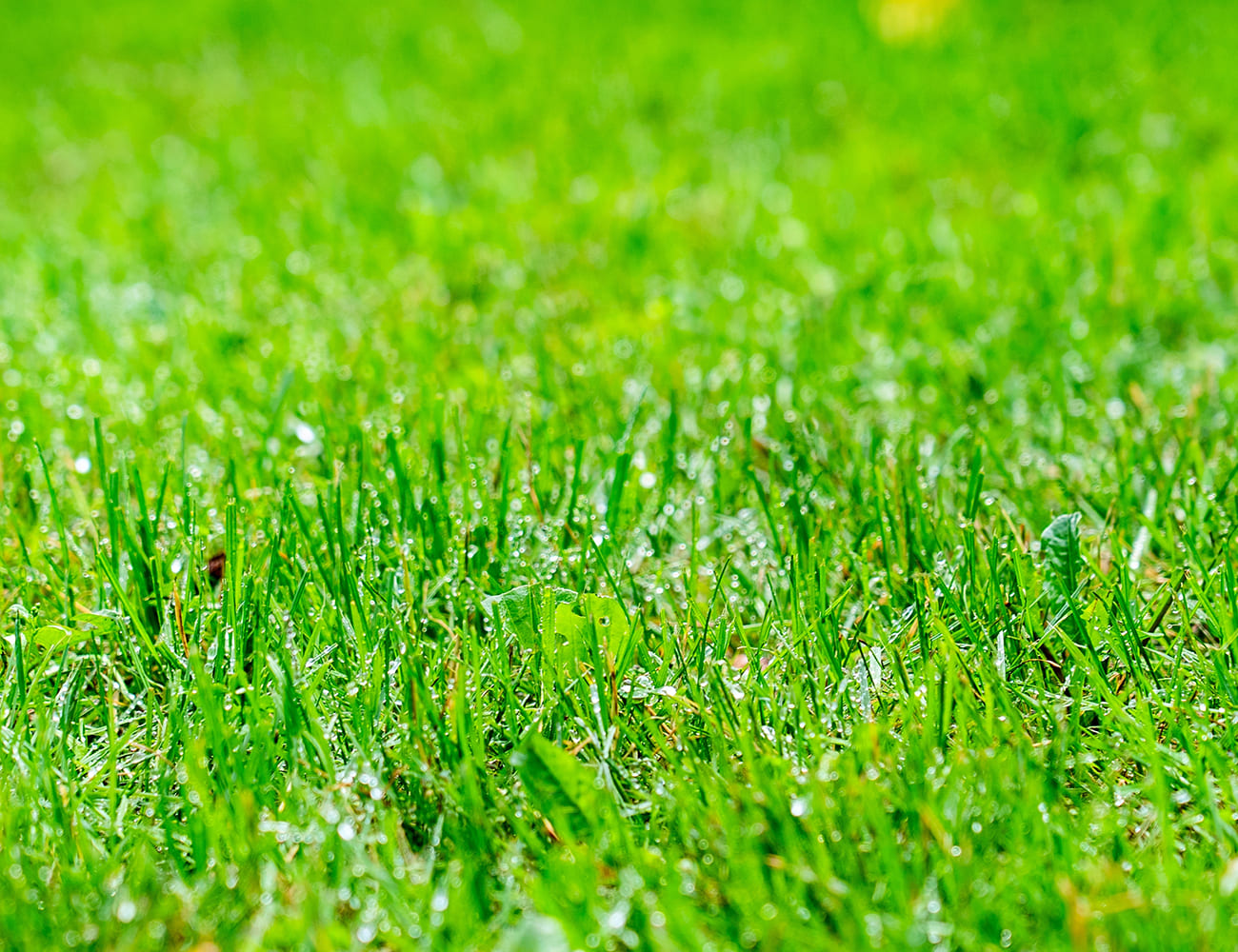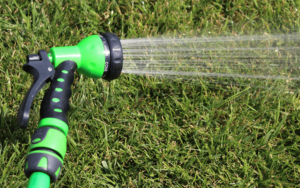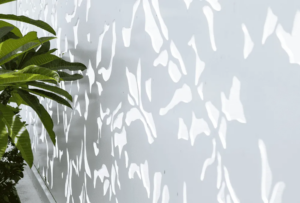Summer in Australia can be brutal on your lawn. With scorching temperatures and extended dry periods, keeping your grass healthy becomes a challenging task. The secret to a lush, green lawn during these months often boils down to how much and how often you water it. Here’s everything you need to know about keeping your lawn hydrated without wasting water or overdoing it.
Understand Your Lawn’s Needs
Before you start watering, it’s essential to understand your lawn’s specific needs. Different types of grass have varying water requirements. For instance, buffalo and couch grasses, popular in Australian backyards, are drought-tolerant and need less frequent watering compared to fescue or ryegrass. Take the time to identify your lawn type so you can tailor your watering routine accordingly.
In addition, consider your local climate. Lawns in coastal areas might need less water due to higher humidity, while those in the drier regions of the country will require more frequent attention. Seasonal conditions also play a role. Even within summer, there can be variations in heat and rainfall levels.
How Much Water Does Your Lawn Really Need?
A common rule of thumb is that most lawns require about 25mm of water per week during summer to stay healthy. This amount ensures the grass roots receive adequate moisture without waterlogging the soil. You can achieve this through natural rainfall or supplementary watering using sprinklers.
To measure how much water your lawn is getting, place a small container or rain gauge in your yard while watering. This simple trick allows you to monitor whether you’ve hit that magic 25mm mark. Overwatering wastes water and can lead to fungal growth, while underwatering stresses the grass, leaving it brown and patchy.
Timing Is Everything
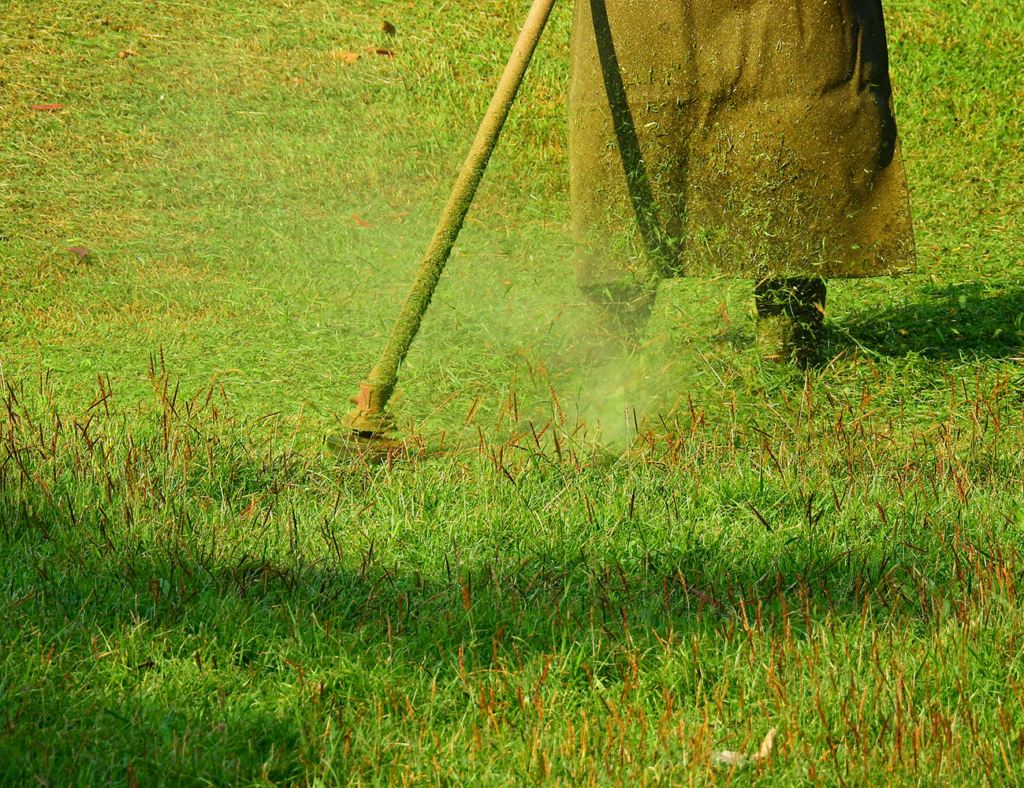
When it comes to watering your lawn, timing is just as important as the amount. The best time to water is early in the morning, between 6 am and 8 am. Watering during this window reduces evaporation caused by the day’s heat and gives the grass plenty of time to dry before nightfall. Wet grass overnight can encourage diseases and pests, so avoid evening watering.
If mornings aren’t feasible, late afternoon is your next best option. Just ensure you finish watering at least a couple of hours before sunset to allow the grass blades to dry out.
Frequency Over Quantity
A common mistake many homeowners make is watering their lawn lightly every day. This approach promotes shallow root growth, making the grass more vulnerable to heat stress and drought. Instead, aim for deeper, less frequent watering sessions. Giving your lawn a good soak 2-3 times a week encourages the roots to grow deeper into the soil, improving the grass’s resilience during dry spells.
Keep an eye on your lawn for signs of underwatering or overwatering. Grass blades that curl or turn bluish-grey indicate thirst, while spongy, muddy ground suggests you’re overdoing it.
Adapting to Water Restrictions
Many parts of Australia experience water restrictions during summer, which can complicate your lawn care routine. It’s crucial to adapt to these rules without compromising your lawn’s health. For instance, if watering is only permitted on certain days, make the most of those opportunities by watering deeply. Consider investing in water-efficient sprinklers or a drip irrigation system to maximise water usage.
Additionally, collecting rainwater in barrels or tanks can provide an alternative water source for your lawn during restrictions. This environmentally friendly approach ensures your grass stays green without violating any regulations.
The Role of Mulching and Soil Preparation
Watering alone won’t keep your lawn thriving through summer. Healthy soil and proper mulching play critical roles in water retention. Aerate your lawn in spring to improve water absorption, and top-dress with a quality soil mix to promote even moisture distribution.
Mulching your grass clippings after mowing is another effective way to conserve water. The clippings act as a natural barrier, reducing evaporation and keeping the soil cool. Just be sure not to leave clumps of grass, as this can smother the lawn and lead to fungal issues.
Shade and Protection Strategies
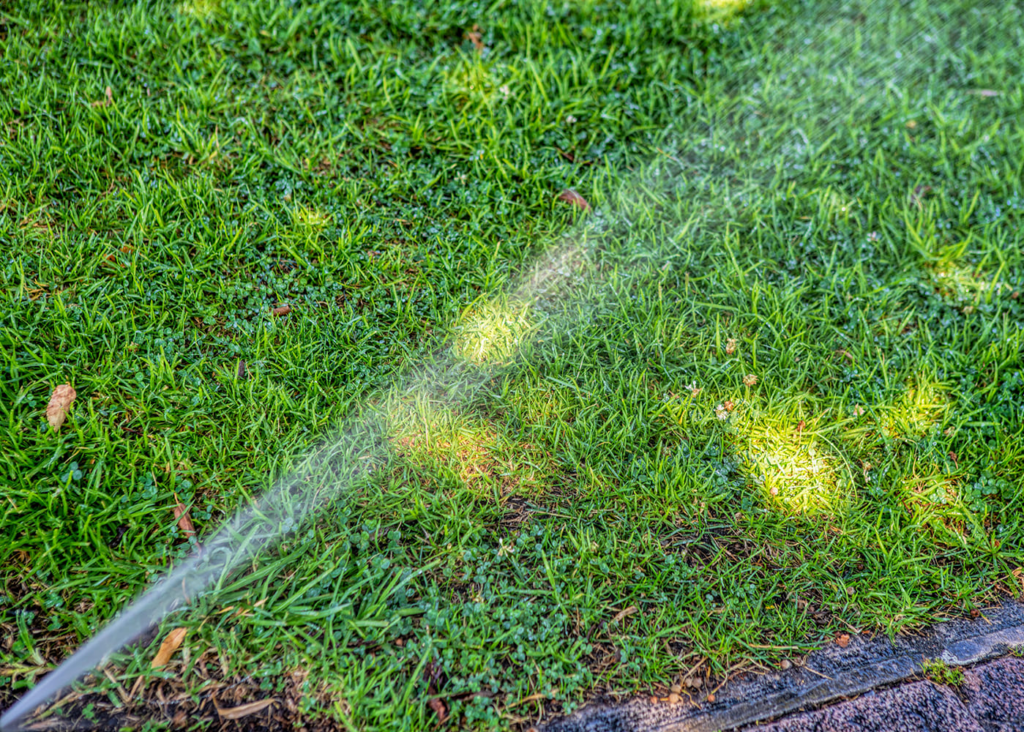
Australian summers can be unforgiving, especially for lawns in full sun. If possible, create shaded areas using temporary structures like shade cloths or umbrellas during peak heatwaves. Even a small amount of shade can significantly reduce the stress on your grass.
Additionally, ensure that nearby trees and shrubs aren’t competing excessively with your lawn for water. Prune overgrown plants to minimise competition and maximise sunlight and water availability for your grass.
Using Smart Irrigation Tools
Technology can be a game-changer when it comes to watering your lawn efficiently. Smart irrigation systems equipped with timers and moisture sensors take the guesswork out of lawn care. These tools adjust watering schedules based on soil moisture levels, weather forecasts, and temperature changes, ensuring your grass gets exactly what it needs.
While the initial investment in a smart irrigation system might seem steep, the long-term water savings and healthier lawn make it worthwhile. Plus, many systems are compatible with smartphone apps, allowing you to monitor and adjust settings remotely.
Conclusion
Watering your lawn during Australian summers doesn’t have to be a daunting task. By understanding your grass type, watering deeply and infrequently, and taking advantage of smart irrigation tools, you can maintain a lush, healthy lawn all season long. Remember, the goal isn’t just about keeping your grass green—it’s about doing so sustainably and efficiently. With the right approach, your lawn can thrive even under the harshest summer conditions.

